Just as World War II impacted the political, social, and cultural life of the nation and created new opportunities for women at work, so too did it alter sport and recreation, giving women visibility on the field. When huge numbers of young men were called to serve in the war effort during the 1940s, many minor league baseball teams disbanded, and the ranks of the professional leagues were depleted. Fearing a collapse of the fan base as talented professional players went off to war, Cubs owner Phillip Wrigley put together a committee charged with generating ideas to save baseball. The organization included two other members, Paul Harper, the attorney for the Cubs, and Branch Rickey, the Brooklyn Dodgers manager who integrated Major League Baseball in 1947 with the signing of Jackie Robinson. The committee recommended the development of a girls’ softball league ready to play in Major League ballparks should attendance for big league games plummet.
This idea became the nucleus from which the All-American Girls Professional Baseball League emerged. Beginning in 1943, and lasting until 1954, the League changed the face of America’s pastime. More than 600 girls and women competed in this professional league that at its peak in 1948, attracted almost a million paid fans to ballparks across the Mid-West and the nation. From four initial teams, the League grew to 10, then contracted to five as fan attention returned to Major League Baseball and revenues diminished in the early to mid-1950s. But for a time, the women of the AAGPBL were in A League of Their Own.
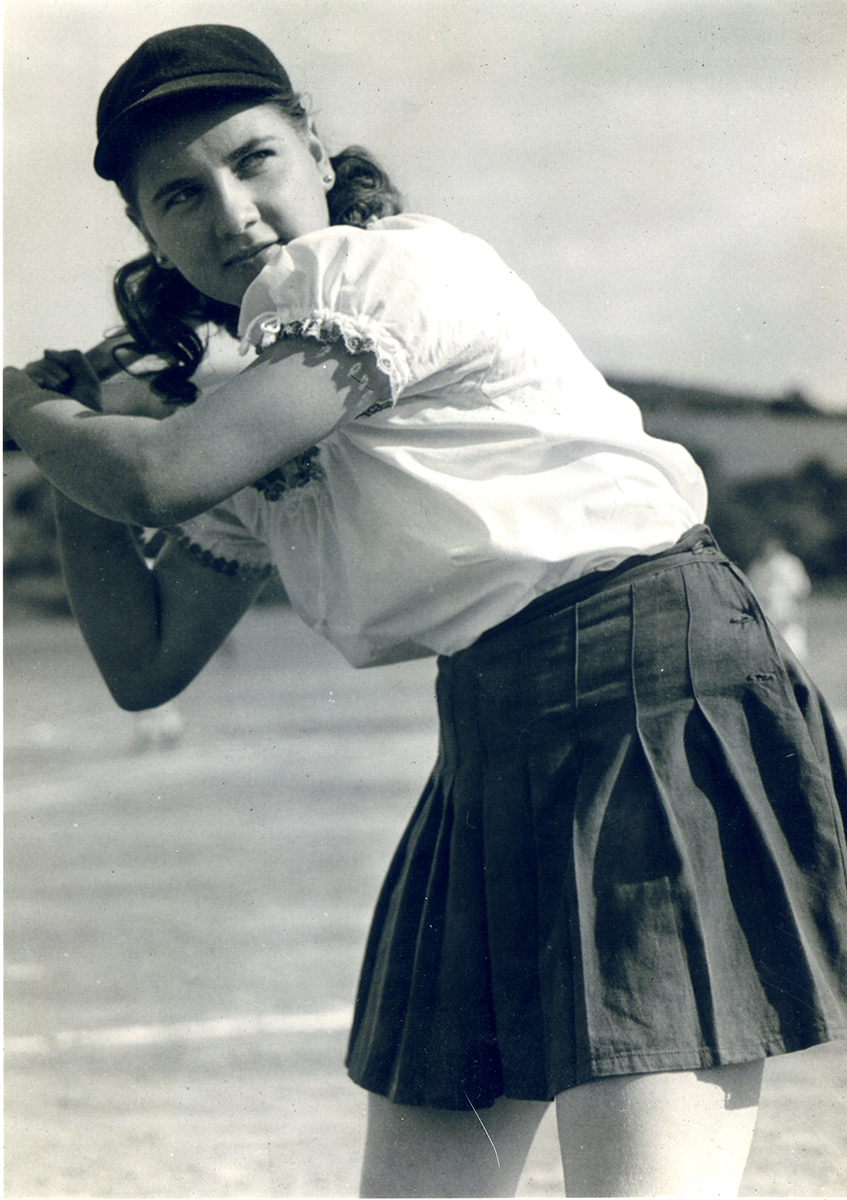
Gift of Dorothy Kovalchick Roark.
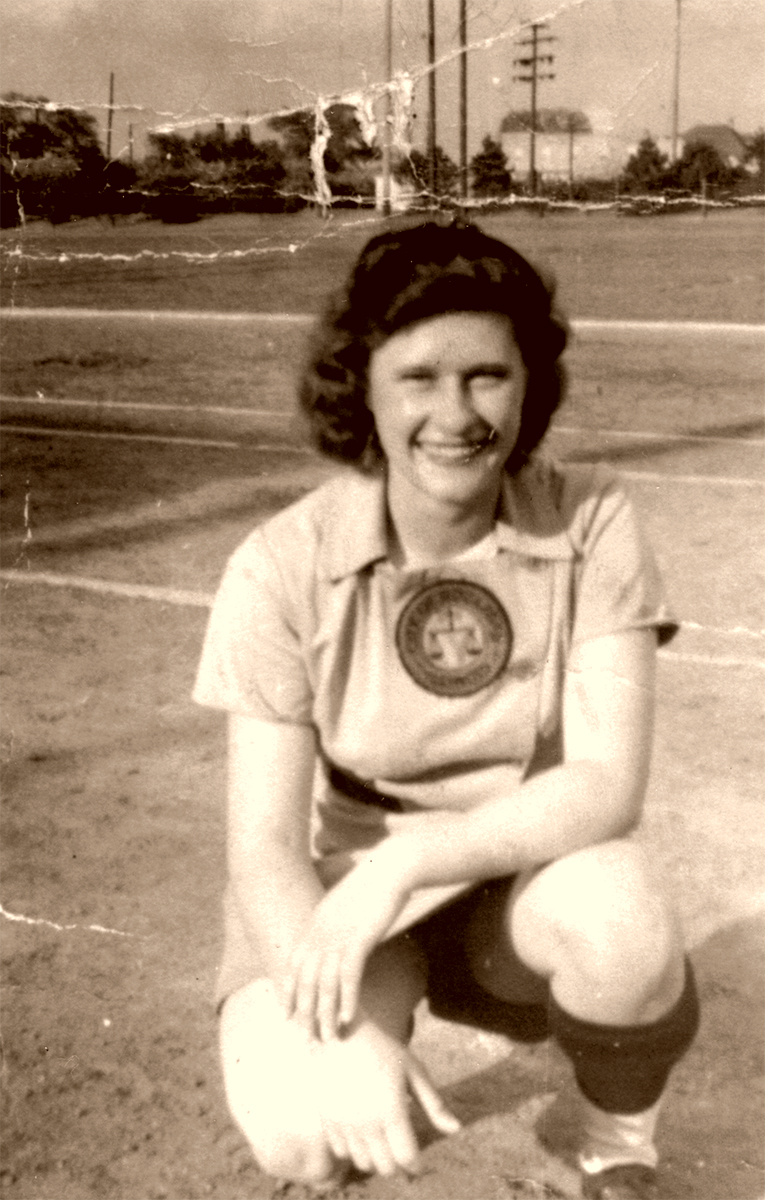
While elevating women athletes, the League also sought to project an image of femininity. Unlike girls’ softball uniforms or men’s baseball wear, the AAGPBL played in skirted uniforms similar to tennis dresses or ice-skating costumes. The women were subject to strict rules for conduct, as well as prescribed rules for hair and makeup, dress even during off-field hours, and personal comportment. Chaperoned at all times and offered training in etiquette and charm, the League sought to create athletes who played with skill, and entertained and attracted an audience, while also projecting an image of “ideal womanhood.”
Most of the teens and women who played in the league were trained as softball players. A few however had been exposed to baseball, playing in neighborhood or community leagues. Dorothy “Dot” Kovalchick from the Western Pennsylvania coal town of Sagamore, PA had an unusual exposure to the sport of baseball. Beginning at age 14, she barnstormed with her father’s team, the Kovalchicks. The only girl on this all-male team that took on all-comers across the region, she anchored the team at first base. Though she stood only 5’2” she became known for her willingness to bunt any pitch hurled at her and for her headfirst slide. Wildly popular, the team had games booked two years in advance during the war years as people came out to see Dot play against all-male teams.
In 1945, Dot accompanied her father on what she thought was a business trip to Chicago. There her father signed her up with the AAGPBL as a member of the Fort Wayne Daisies. Playing for $75 a week, the team toured with the Grand Rapids Chicks playing exhibition games, then got into regular season play. Dorothy competed against women from across the United States and Canada. Disappointed at being assigned to the outfield and missing the competition of her father’s team, she lasted only one season. After returning home, Dot played four more years for the Kovalchicks, before the team folded in 1948. A successful real estate broker, Dot later wrote a memoir recalling her experiences.
More than a dozen Western PA women played in the League. Some such as Betty Jane Cornett, or “Curly,” played mostly competitive softball before trying out for the AAGPBL. After attending rookie camp in 1949, Betty Jane played first for the Rockford Peaches, then toured with the Springfield, Battle Creek, and Kalamazoo teams. A pitcher and third basemen, Betty Jane’s most vivid memory of her playing days was an exhibition game played at Yankee Stadium. Another local, McKeesport native Norma Jean Whitney (Hitch), got her first glove at age 12. Later after a local tryout she was invited to Chicago and made the 1949 Colleens team. Though injury cut short her career the following season, Norma Jean traveled to 38 states and broadened connections to athletes from across the country. She coached softball for 30 years and served on the Board of Directors of the McKeesport League.
Though the AAGPBL folded in 1954, and opportunities for organized sport remained limited for girls and women, the enterprise gave a cadre of women the opportunity to create a world of their own – populated with talented athletes who demonstrated their skill to millions of fans. Through travel it exposed the players to new experiences and provided them with a social network of female athletes. It also gave these women a small measure of social mobility – the money they earned financed higher education for the players at a rate almost double the average of the time. Many of them pursued careers, some in professional areas such as medicine and the law. A precursor to the sweeping changes that Title IX would bring in the 1970s, these “girls of summer” changed the face of wartime baseball and blazed a trail for the female athletes that followed.
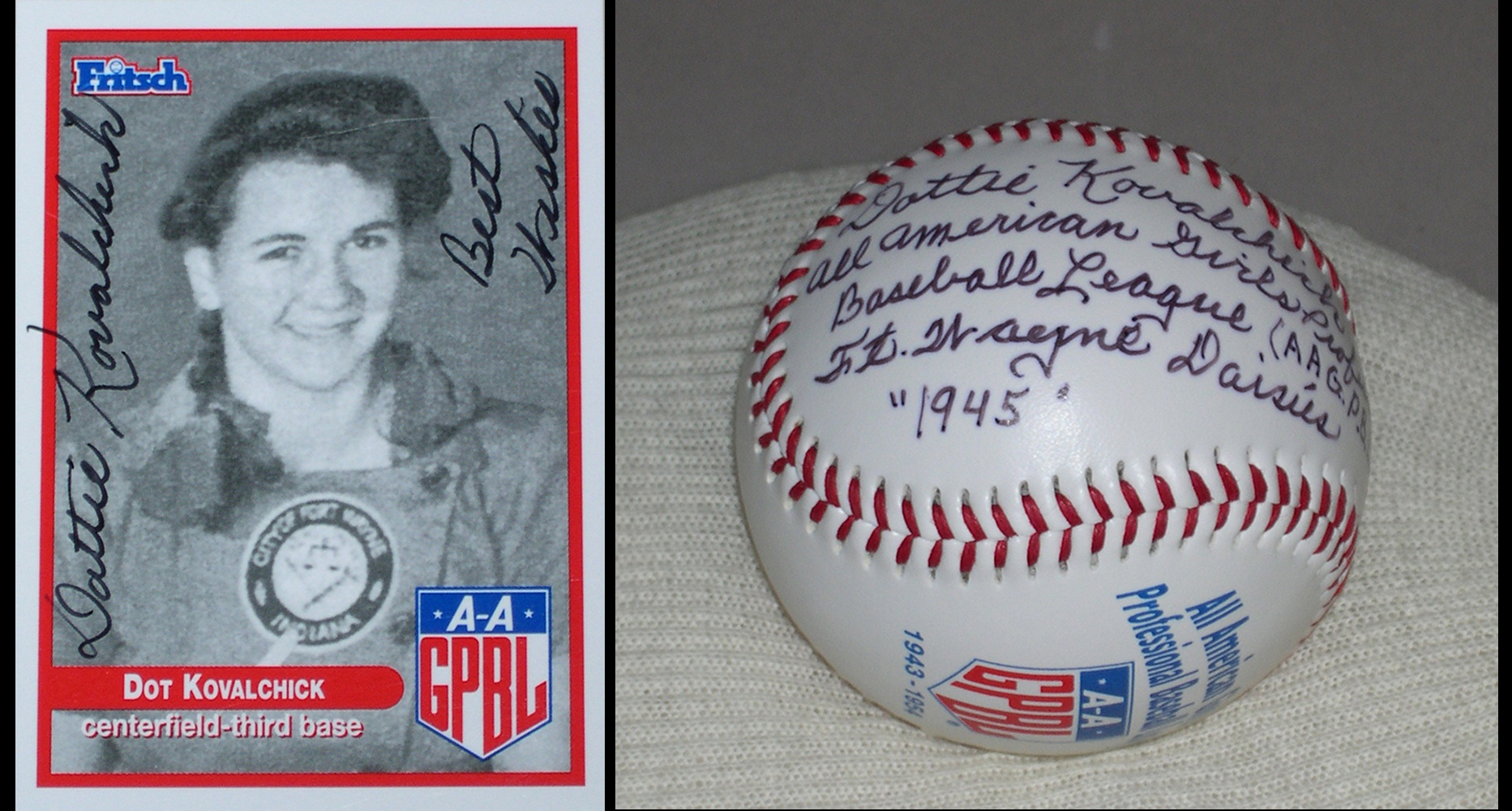
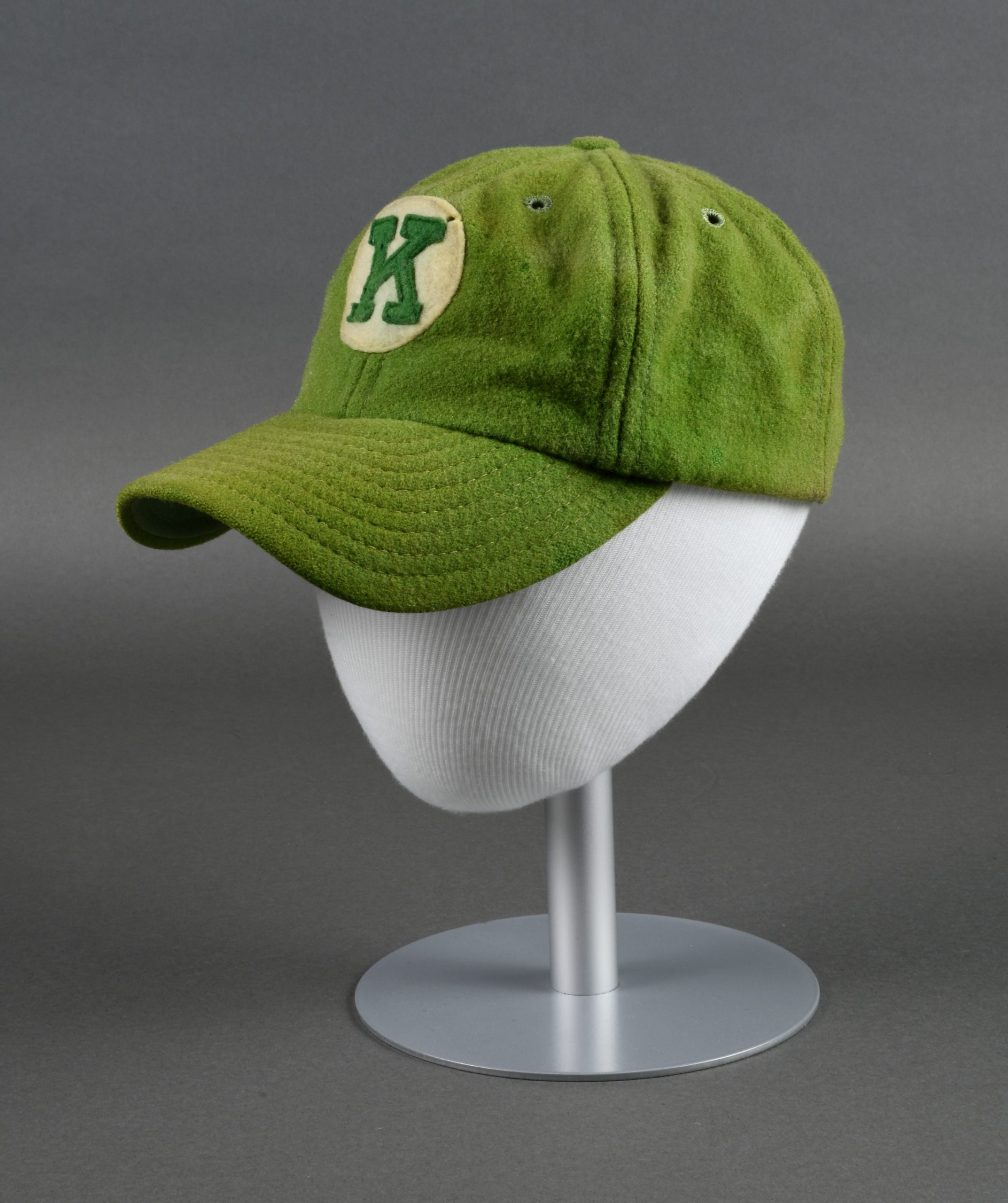
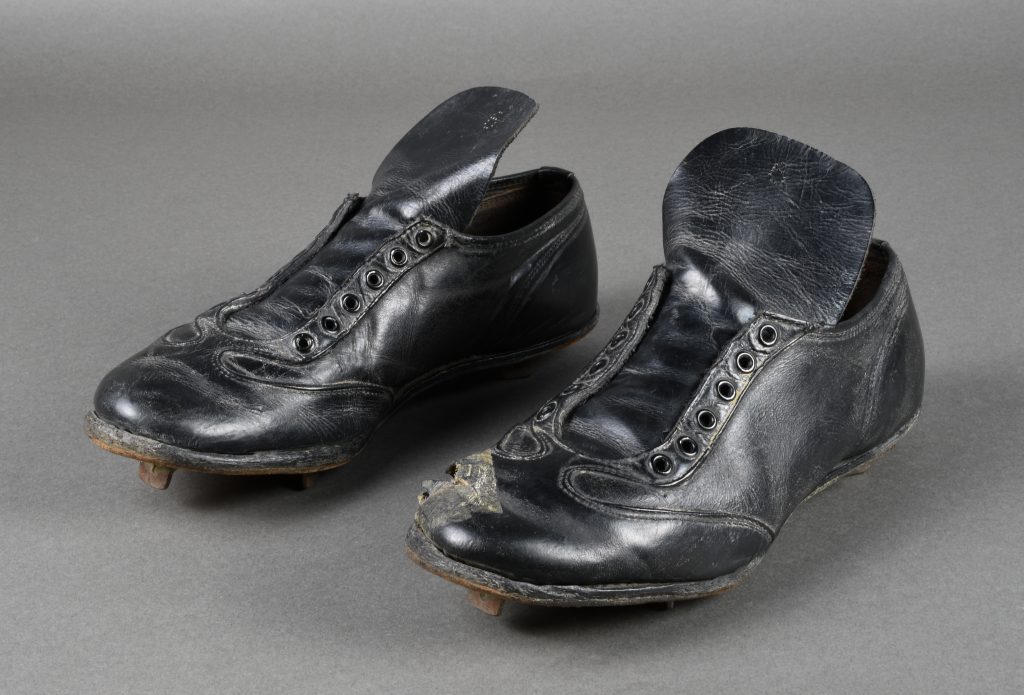
Anne Madarasz is the Director of the Curatorial Division, Chief Historian, & Director of the Western Pennsylvania Sports Museum.
